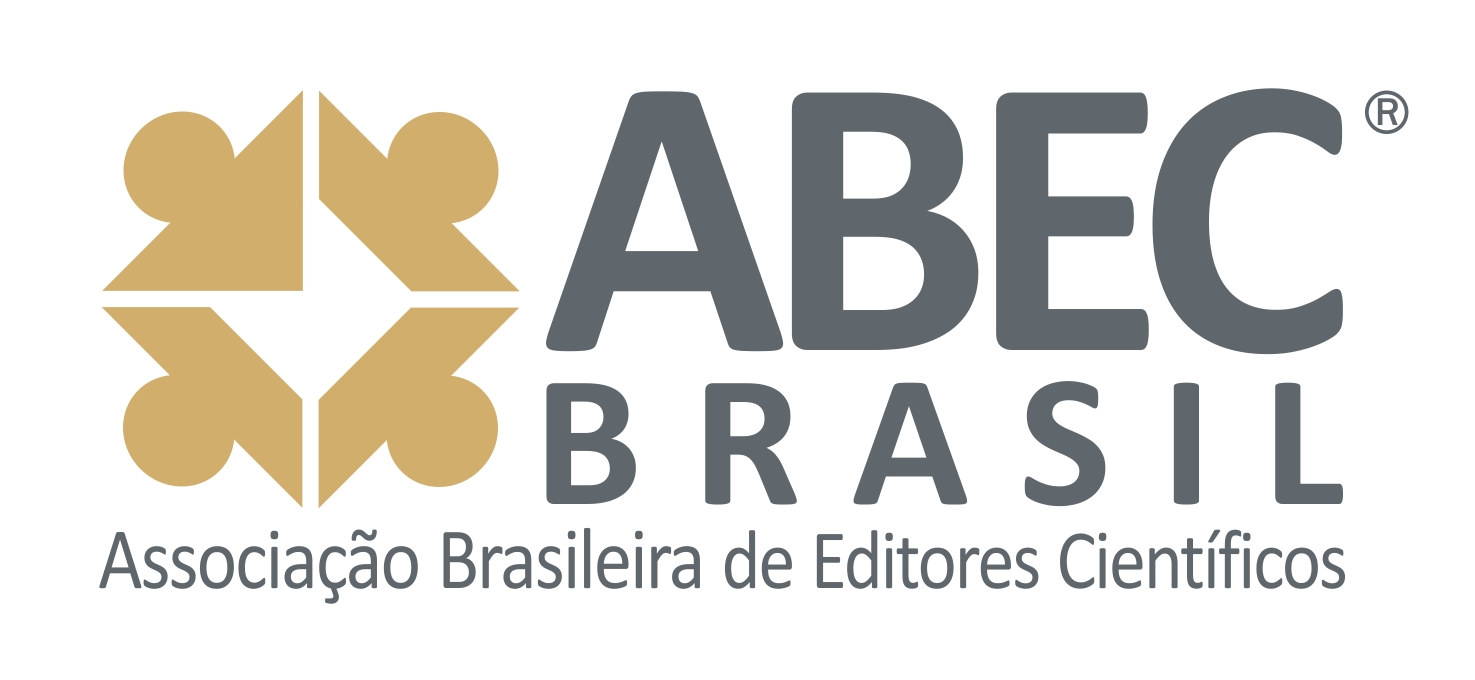Creation and Development of the Simulation Division: Innovation, Safety and InternationalImpact on Brazilian Military Training
Creation and Development of the Simulation Division: Innovation, Safety and InternationalImpact on Brazilian Military Training
DOI:
https://doi.org/10.51473/rcmos.v2i2.2022.1443Keywords:
Military simulation; Armed Forces; Military training; Military Doctrine; Technological innovation.Abstract
This article investigates the impact of the creation and implementation of an unprecedented project in Brazil, led by Army Captain George Eduardo de Sousa Lopes, who revolutionized the Armed Forces training model and positioned the country as a regional and international reference in preparation for combat through simulation systems. Initially, there is the existing limitation in the training of various military activities, due to the high financial cost, and how this barrier could be overcome by the development of an innovative and integrated system. The advantages of the use of simulation techniques are highlighted, both for the exponential increase in the security and training of troops, and the expressive economy generated for the Armed Forces and the Brazilian State. The study relates the systems that make up advanced simulation training, called “Simulation Division”, and has a research conducted with members of the Armed Forces, assessing the transforming impact of the application of these simulators and the new military doctrine on training. The results indicate that simulators were identified as essential tools for the safe and effective improvement of troops, as well as generating millionaire economies, allowing Brazil to relocate resources to other strategic areas and, consequently, strengthen their national defense system.
Downloads
References
BRASIL. Exército Brasileiro. Manual técnico de salto livre: EB 60 MT34.405. 1. ed. Ministério da Defesa, Departamento de Educação e Cultura, 2014.
BRASIL. Exército Brasileiro. Manual do Mestre de Salto Livre. Centro de Instrução Pára-quedista General Penha Brasil, Rio de Janeiro, RJ, 2022.
BRASIL. Exército Brasileiro. Operações Aeroterrestres: EB70-MC-10.217. 1. ed. Ministério da Defesa. Brasília, DF: Centro de Doutrina do Exército, 2017.
BRASIL. Exército Brasileiro. Glossário de termos e expressões para uso no Exército: C 20-1. 3. ed. Ministério da Defesa. Brasília, DF: Estado-Maior do Exército, 2003.
BRASIL. Exército Brasileiro. Catálogo de capacidades do Exército: EB 20C-07.001. Brasília, DF: Centro de Doutrina do Exército, Estado-Maior do Exército.
BRASIL. Exército Brasileiro. Manual de campanha: tiro das armas portáteis, C 23-1. 1. ed. Ministério da Defesa. Brasília, DF: Centro de Doutrina do Exército, 2003.
BRASIL. Exército Brasileiro. Meteorologia para o aeroterrestre: T 57-280. 2. ed. Ministério da Defesa. Brasília, DF: Centro de Doutrina do Exército, 2000.
BRASIL. Ministério da Defesa. Exército Brasileiro. Portal da Educação do Exército: o uso de simuladores no ensino. Brasília, DF, 2016. Disponível em: http://www.portaldeeducacao.eb.mil.br/index.php
.
ESTADOS UNIDOS. Exército dos Estados Unidos. Special Forces: Military Free-Fall Operations, ATP 3-18.11. 1. ed. United States Army. Fort Bragg, NC, 2014.
ESTADOS UNIDOS. FM 90-26: Airborne Operations. Washington, DC: Headquarters Department of the Army US, 1990.
ESTADOS UNIDOS. US Army. STUDENT TEXT 20-3: Typical American Expressions and Military Terminology for International Officers. Fort Leavenworth, Kansas, 1992.
ESIGMA (Simulador SOKOL). Disponível em: https://www.esigma-systems.com/parachutetraining-systems/sokoltm-parachute-training-systems
.
GIL, Antônio Carlos. Como elaborar projetos de pesquisa. 4. ed. São Paulo: Atlas, 2008.
HOGUE. Segurança e efetividade aprimoradas no treinamento de paraquedismo e no desempenho de missões por meio de simulação em realidade virtual. Austrália, 2008.
LOPES. Projeto da construção da Divisão de Treinamento e Simulação do Centro de Instrução Pára-quedista. Rio de Janeiro, 2018.
LOPES. Estudo de viabilidade da construção da Divisão de Treinamento e Simulação do Centro de Instrução Pára-quedista. Rio de Janeiro, 2019.
NUNES. A simulação de combate no Exército Brasileiro e sua contribuição à operacionalidade da força terrestre. Trabalho de Conclusão de Curso (TCC) — Escola Superior de Guerra, Rio de Janeiro, 2020.
WASDIN, Howard E. SEAL Team Six: Memoirs of an Elite Navy SEAL Sniper. 1. ed. São Paulo, SP, 2012.
ABNT NBR. Informação e documentação — Trabalhos acadêmicos — Apresentação. 3. ed. São Paulo, SP, 2011.
Downloads
Additional Files
Published
Issue
Section
Categories
License
Copyright (c) 2022 George Eduardo de Sousa Lopes (Autor)

This work is licensed under a Creative Commons Attribution 4.0 International License.












